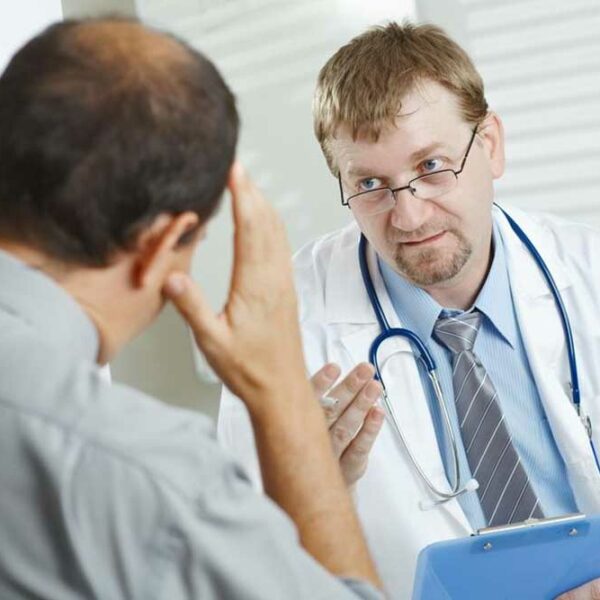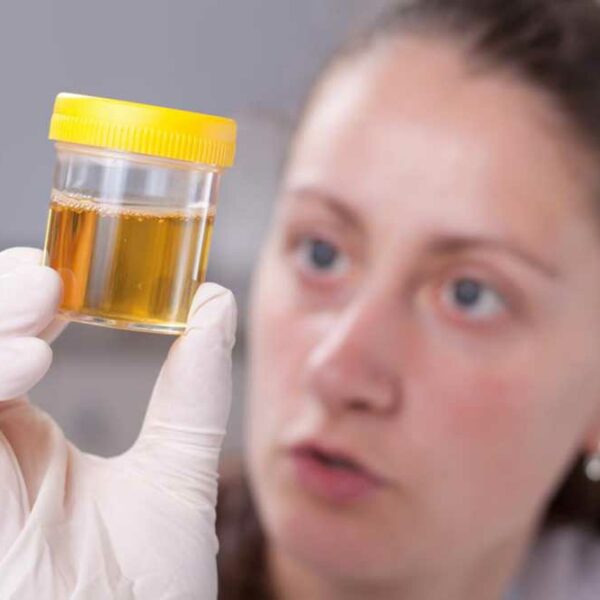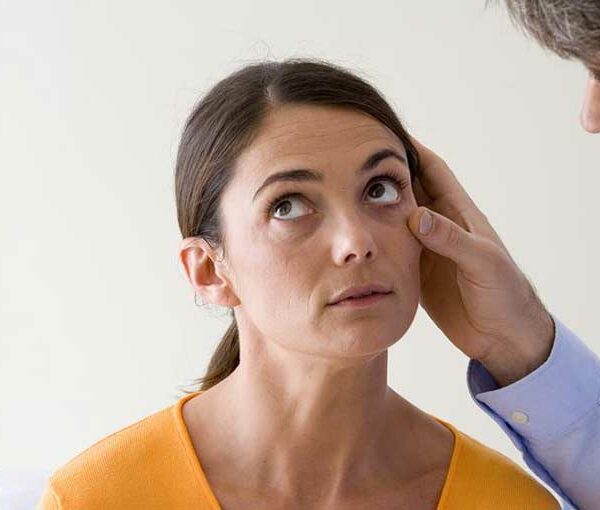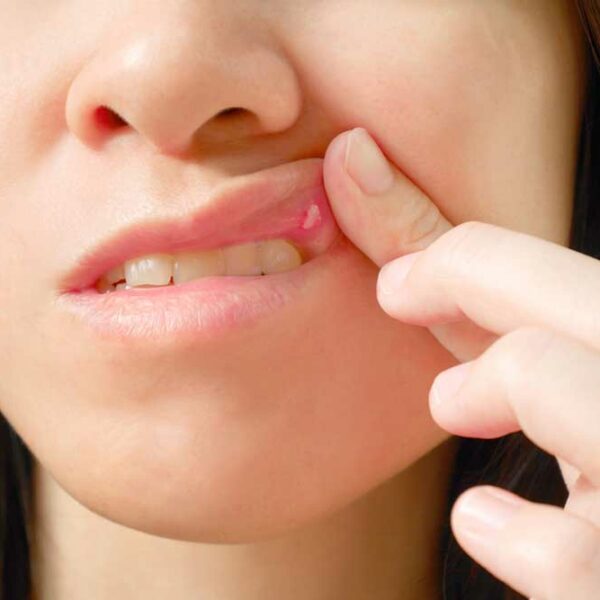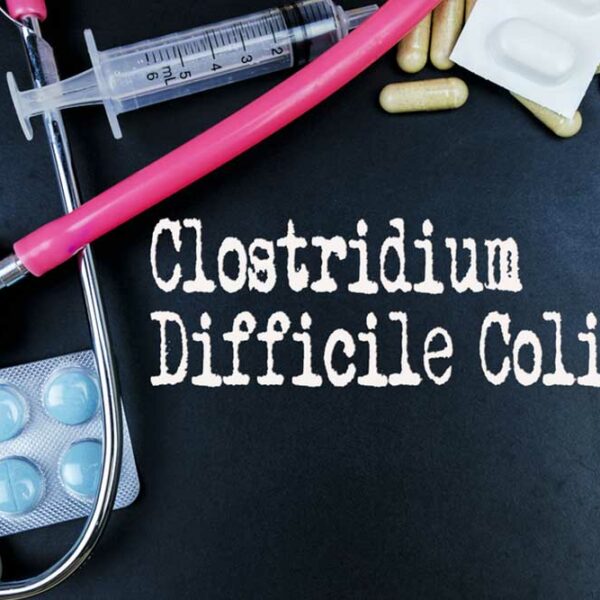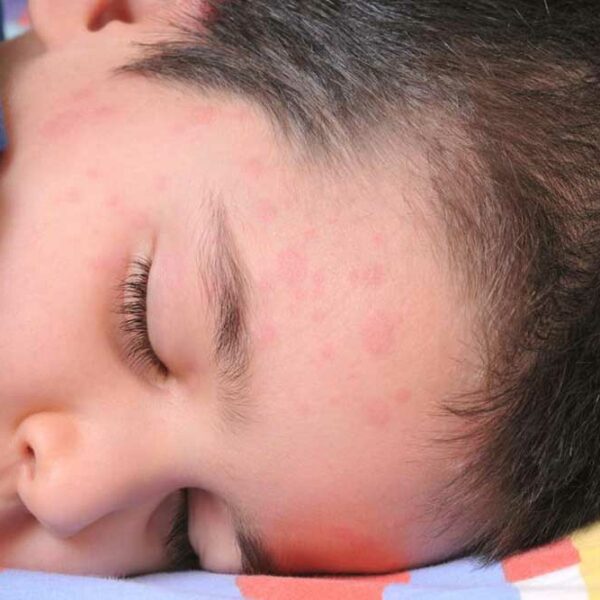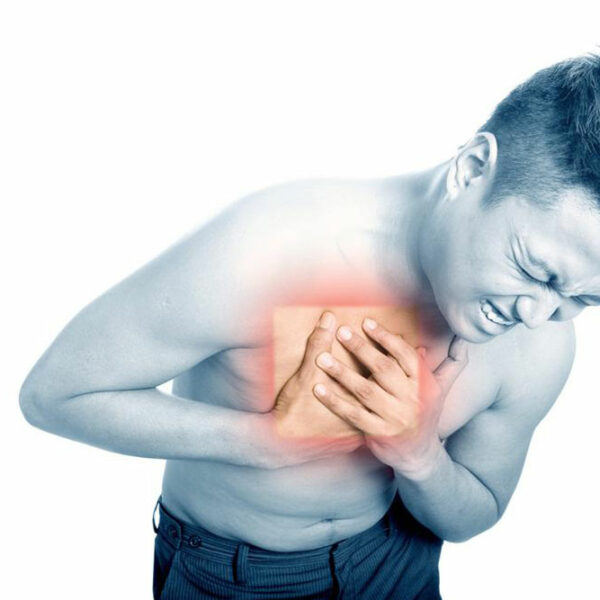
Causes of right side chest pain
When we encounter a chest pain, the first thing that strikes our head is the possibility of a heart attack. This is to an extended level if you witness right side chest pain. Well, not every pain in your chest counts as a symptom for heart attack. There are many more conditions that can be induced by a right-side chest pain, and most of them are not as fatal as a heartache. Chest pain is not something that you must ignore, even if it leads to a heart attack or not. The idea is to educate yourself about all the condition that could be associated with a chest pain. Here are some common causes of right side chest pain: Coronary Artery Disease (CAD) : A coronary artery disease is the result of a blockage in the heart vessels, thereby reducing the blood flow and oxygen to the heart muscle. The pain caused by this condition is called angina and is towards to the right side of the chest. CAD is the symptom of heart disease, but it is not known to cause permanent damage to the heart. Although it can be seen as a disclaimer that a heart attack might be a possibility in the near future.

